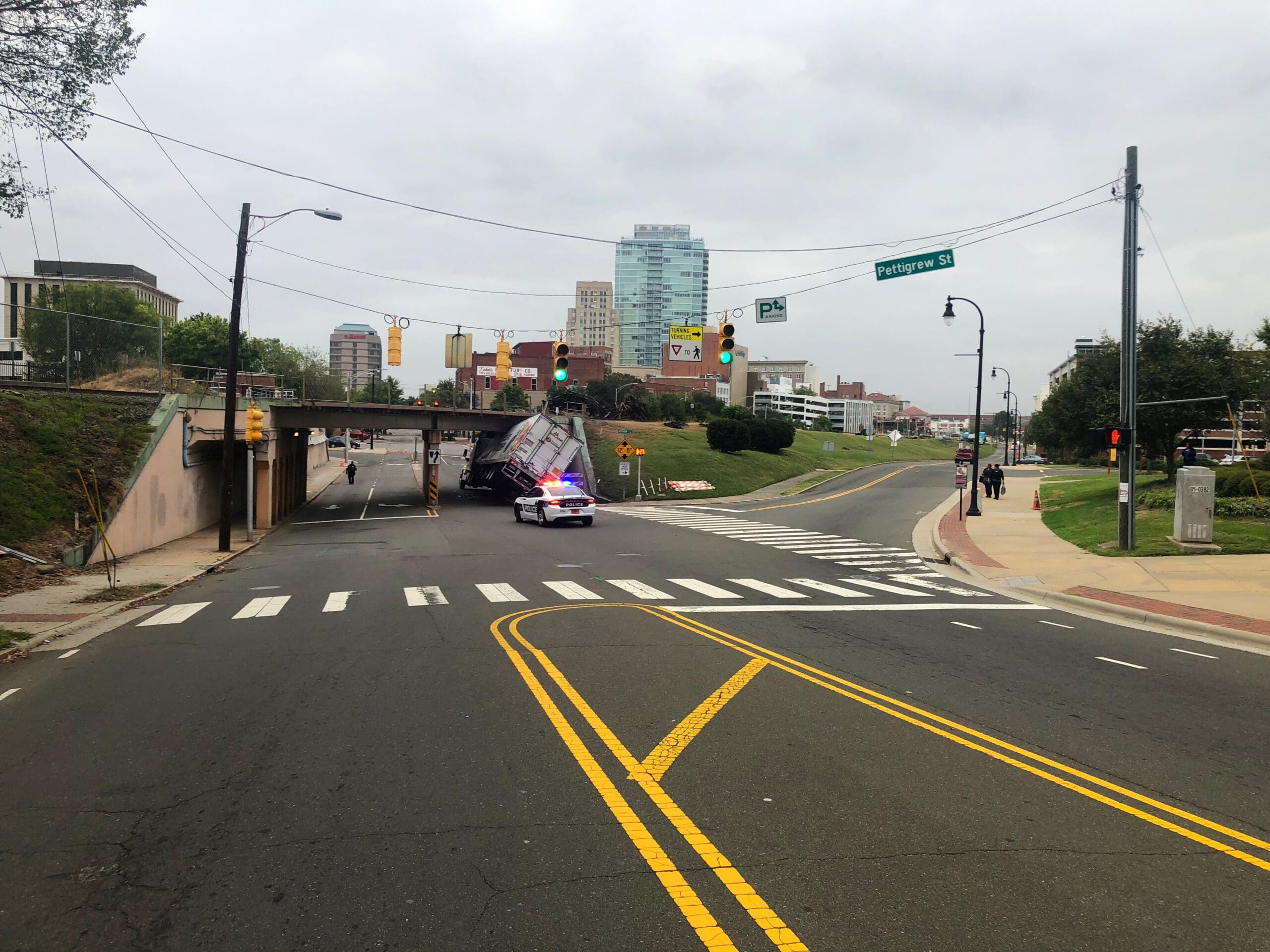How to File an Injury Lawsuit in New York
If you want to recover compensation for an injury that was caused through the negligence of a third party you can start a lawsuit.
Every personal injury case is different, and it is impossible to determine for certain how long it will take to settle the issue.
However there are some commonly used legal terms that you must be aware of as the case moves through the court system.
The Complaint
A lawsuit starts with a legal document dubbed the Complaint. It details the legal claims you have, the damages that you want to recover, and what the defendant(s) caused your injuries. It also contains the request to set a trial date.
The complaint is filed before the court and is served to the defendants. The defendants are given a deadline for filing an answer or other response. This is the time to reject the allegations made in the lawsuit, and also state their defenses. Your lawyer may also mention a counterclaim or third party defendant at this time.
Your lawyer will support his arguments by citing existing law (including laws, decisions, and other cases from the courts in which your case is being argued as well as cases from other jurisdictions). This will help the judge discern why you believe the defendant is accountable for your injuries.
We will then draft a Bill of Particulars. This is an official document that outlines the injuries you sustained and their total cost, including the costs of medical bills, lost wages, and other monetary losses. We can also prepare an application for relief that will detail the compensation you are seeking. The demand is dependent on the medical treatment you received and other evidence you've provided to your attorney. During the discovery phase, which is the reason for the majority of the timeframe for lawsuits, we and the defendant will exchange information using various legal tools like interrogatories, requests for admissions and requests for production of documents. We can also depose experts and doctors.
The Notice of Claim
New York law imposes special rules for lawsuits against municipalities and other governmental entities. These rules include strict deadlines for the filing of a claim and strict statutes of limitations under which lawsuits can be filed. injury case philadelphia is critical to consult an experienced injury lawyer in these instances.

The first step to bringing a claim against any municipality or government entity is to file a Notice of Claim. This document should be in written form and notarized. It identifies who is making the claim, and provides enough information about the incident or accident to help the city's agency know who is responsible for the damages or injuries, and who is responsible for losses. It also provides a specific amount that the claim is filed.
After the City has received the claim, it will acknowledge receipt and assign a claim number it. An examiner from the Comptroller's Office will be assigned to investigate your claim and could require additional information from you or other sources. If you contact the City about your claim, you will be asked to mention your claim number as well as the name of the person assigned to your case. The examiner will decide whether the City is responsible for your losses and, if yes, the amount to which you are entitled under the law. If you're unable to reach an agreement with the city and the city, your case will go to trial.
The Discovery Phase
The Discovery Phase is an important part of any lawsuit, as it allows you obtain information and evidence regarding the other party. You can do this by a variety of methods, including through written requests (called"discovery letters") and subpoenas. This process of discovery can help you construct a strong case to be successful in your case.
The first step in the discovery phase is to look at the market. This is performed by a team comprised of experienced project managers who analyze the market and its competitors to identify the most recent trends, the most effective solutions for your app, and how to implement them efficiently.
This research includes interviews with all the stakeholders who can be a part of the success of your project. This includes product owners administrators, users, and investors. This will assist you and your team determine the primary goals of your project, as well as how to evaluate the success of your project.
A well-planned discovery phase will save you time and money. It will prevent misunderstandings, reduce the amount of revisions to the final product and provide you with a formal scope document that will aid your software development partner create a precise estimate for the development process. This will help you to avoid the risks associated with an undefined project budget or launch delays.
